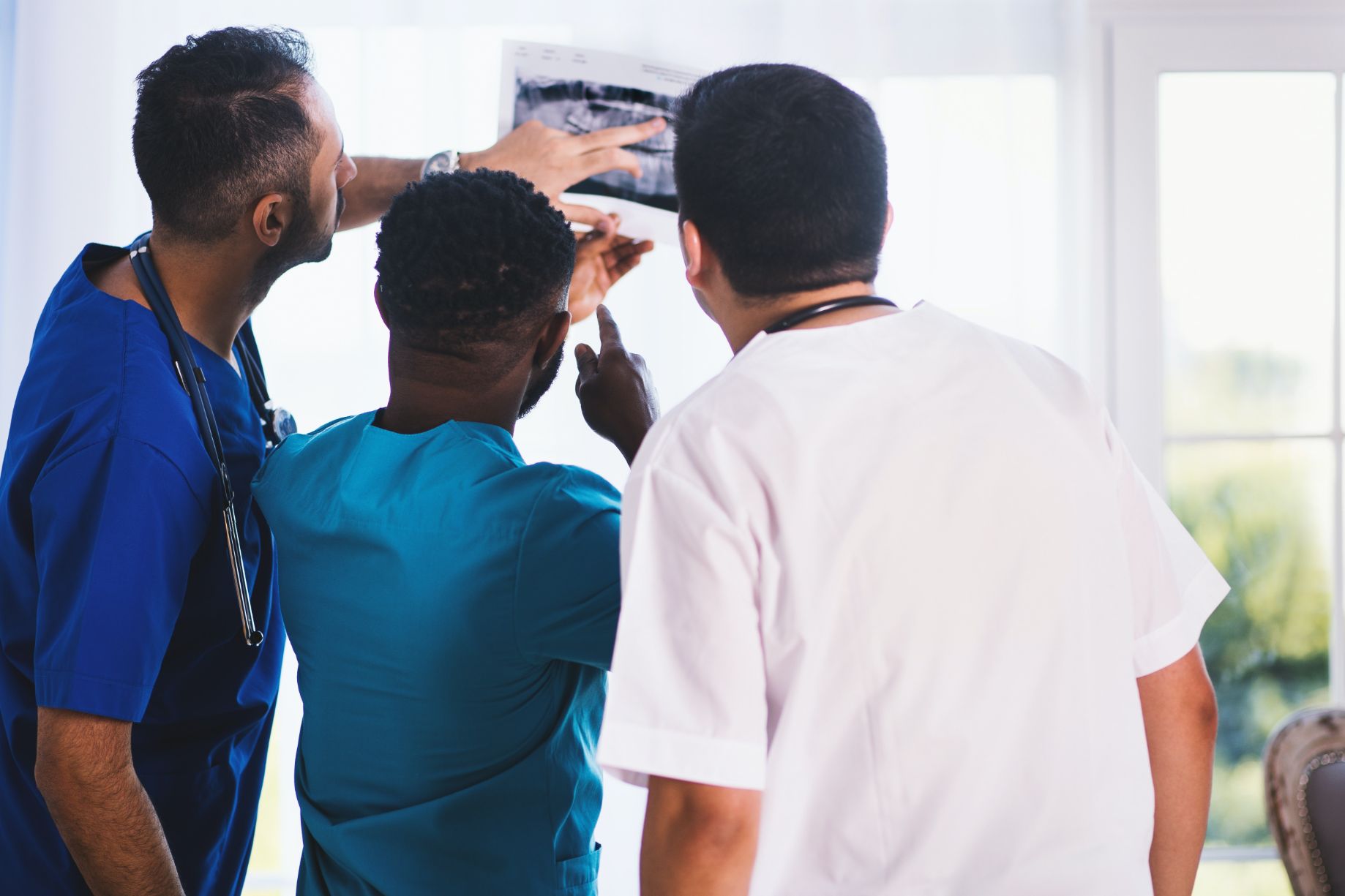Initiate ART Immediately
Pass USMLE Step 1, Step 2 CK and Step 3. Only the Best USMLE Prep Program provides the Best USMLE Review Course Content in this rapidly expanding universe of medical information. Become conversant with the new medical discoveries that is transforming our world.
The USMLE exam is not only getting harder but there is important emphasis on recent advances and trending topics. Microbiology & Infectious Diseases is a very big topic for the USMLE in 2020/2021. COVID-19 is not the only new disease principle to worry about as you approach the USMLE exam date. The new HIV Treatment Guidelines is now in force and it is destined to be tested on the USMLE. Textbooks have not yet been updated to reflect these new principles, but you need to know them.
As new evidence has emerged, guidelines have changed to reflect the benefits of starting treatment as soon as possible. The new guidelines stipulate that antiretroviral therapy (ART) should be initiated as soon as possible after diagnosis of HIV, including immediately after diagnosis, regardless of CD4 count, unless patient is not ready to commit to starting therapy. This shift has allowed patients to start treatment at the time of diagnosis, regardless of CD4 count.
At USMLE Insider, we teach you the new elemental concepts and help you navigate the rapidly expanding universe of medical science. Are you familiar with these new USMLE Step 2CK and Step 3 treatment principles?
Advantages of Early Initiation of ART:
Advantages of early initiation of ART include shortening the time between diagnosis and viral suppression, lowering the risk of transmission sooner, and improving retention in care. Starting ART and achieving viral suppression earlier in the course of disease may also reduce inflammation and immune activation, restore and preserve normal immune function (immune system damage may occur early) and decrease future risk of AIDS events and non-AIDS health complications.
What the Authorities Say:
The US Department of Health & Human Services (DHHS) now requires that ART should be initiated as soon as possible in all patients living with HIV, regardless of CD4 count. In persons with acute or recent (early) HIV infection, in pregnant people with HIV, or in people who will initiate ART on the day of or soon after HIV diagnosis, ART initiation should not be delayed while awaiting resistance testing results; the regimen can be modified once results are reported
The International Antiviral Society-USA (IAS-USA) also now recommends that ART should be initiated as soon as possible after diagnosis, including immediately after diagnosis, unless patient is not ready to commit to starting therapy.
Studies Demonstrating Early Initiation of ART:
The studies that demonstrated early initiation of HIV treatment include the START, TEMPRANO, RAPID, RapIT, SABES Study, and the ART Observational. START (Strategic Timing of Antiretroviral Therapy) and TEMPRANO were two large randomized controlled trials that evaluated the optimal time to initiate ART, demonstrated a reduction in morbidity and mortality, and influenced the DHHS recommendation for the earliest possible treatment initiation.
The START study showed that immediate ART significantly reduced the relative rate of pooled serious and non-AIDS-related events by 39% and serious AIDS-related events by 72%. The TEMPRANO study showed that early ART reduced the risk of death or severe HIV-related illness as compared to deferred initiation of ART by 44%. The RAPID study showed that it took 1.8 months to reduce viral load to <200 copies/mL in patients initiated same day (compared with 4.3 months in standard arm). The RapIT study assessed initiation within 24 hours of HIV clinic visit and it showed improvements in uptake of ART and virologic suppression with single-visit initiation. The SABES study assessed early initiation in acute recent HIV infection and demonstrated rapid reduction in plasma and semen viral load. The ART Observational study assessed treatment initiation within 30 days of diagnosis and showed virologic suppression in 79% of patients at Week 12.
These studies demonstrated that initiating ART as soon as possible is optimal—prompting a change in guidelines to treating HIV as soon as possible after diagnosis, regardless of CD4 cell count. Early treatment initiation focuses on shortening the time between diagnosis and treatment.
There have been so many advances made in Medical Microbiology that it requires special attention for USMLE purposes. HIV happens to be one of the critical concepts that must be mastered really well, especially with regards to USMLE Step 2 and Step 3 exams patient management principles.
As always, USMLE Insider Prep Course was the first to design USMLE questions on this new concept. Check out one of our USMLE questions, written by our experts, on these concepts. This is how we have distinguished ourself as the best Prep Course for USMLE Step 1 and Step 2 CK. Test yourself with this and let us see how you do. We will discuss the answer and offer explanations later.
1. A 47-year-old male who has been having sex with men since his late teens presents with flu-like symptoms, generalized lymphadenopathy and white, corrugated plaque on his tongue that does not scrape off easily with a tongue blade. The patient is subsequently found to have a positive HIV test by ELISA and confirmed by Western blot. He has a CD4 lymphocyte count of 880/microliter. After giving him the diagnosis and initiating appropriate counseling, which of the following is the most appropriate next step for the physician to take?
A. Administer fluconazole for his mucocutaneous symptoms and send him home with no further treatment until his CD4 count falls below 600/µL
B. Instruct him on precautions he needs to take to avoid transmitting the virus to his partners and then send him home
C. Send him home and ask him to return for follow-up every 3-6 months and initiate treatment when CD4 count drops below 600/ µL
D. Follow up with him periodically until his CD4 count falls below 500/ µL and then initiate treatment with abacavir/lamivudine/zidovudine
E. Initiate treatment with bictegravir/emtricitabine/tenofovir alafenamide immediately
F. Wait for a year and initiate treatment with emtricitabine/rilpivirine/efavirenz
G. Order tests to detect HIV resistance mutations and schedule a future date for initiation of treatment based on the test results





